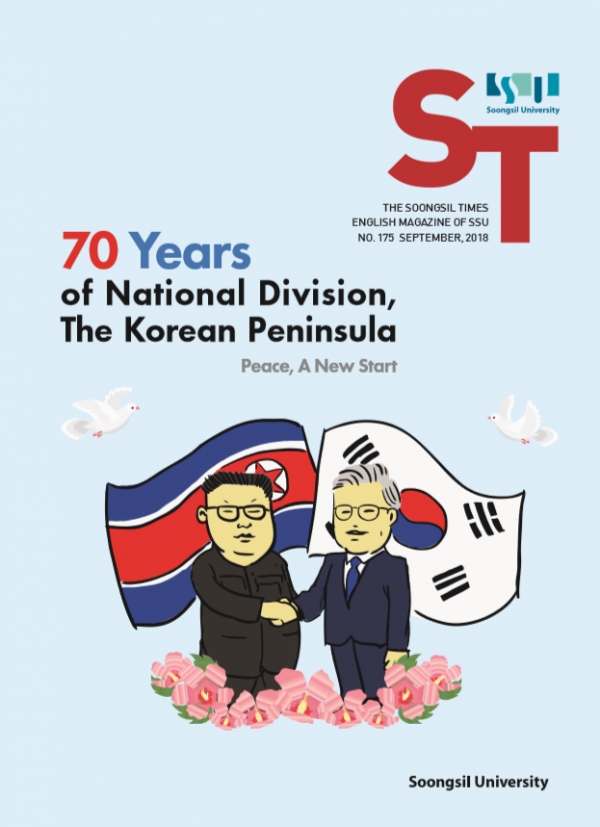
The Panmunjom Declaration along with the picture of the two Korean leaders holding hands surprised the entire world. Despite the conflicts and the tension with North Korea in the past years, there was significant progress in the relations between South Korea and North Korea. ST discusses the main events surrounding the two countries. .....................................................................................Ed
President Moon Jae-in's Move

Peace, a new start. On April 27, 2018, the interKorean summit was held at the House of Peace, Panmunjeom. The third meeting in 11 years was held under the Moon Jae-in administration. As well as the significance of the inter-Korean summit itself, the Panmunjeom Declaration, which was the North-South Joint Declaration, was ratified after the summit. Thus, the leaders of the North-South Korea jointly confirmed the realization of a nuclear-free Korean Peninsula, and announced the beginning of peace in the Korean Peninsula to the world.
Also, President Moon’s move has not stopped with the development on the two Koreas. South Korea was caught in the middle of a war of nerves between North Korea and the United States over the issue of nuclear weapons. Between President Trump, who had no experience in nuclear negotiations, and Chairman Kim Jong Un, who had no experience in the global stage, the role of President Moon as a mediator came to light.
So far, inter-Korean relations have been at risk, as a sign that the war is not over yet, including the Naval battle of Yeonpyeong, and the Cheonan attack. Although there have been two previous inter-Korean summits, it is true that there was no dialogue, and no real interaction for nearly 11 years. How could have North Korea and South Korea shaken hands again with the military demarcation line between them? How is it possible?
Through President Moon Jae-in’s Policy on the Korean Peninsula, we could see the present state of the relationship between the two Koreas, and its future direction. First of all, the Moon Jae-in government wants to put ‘peace, mutual respect, continuity, and expansion into the international community’ in the policy.
|
Vision |
Peaceful Coexistence |
Co-prosperity |
||
|
Three Goals |
Resolution of the North Korean nuclear issue and establishment of permanent peace |
Development of sustainable inter-Korean relations |
Realization of a new economic community in the Korean Peninsula |
|


Introduction
The table above contains the main contents of the Korean Peninsula policy since its division. It was a 70-year time of division from the moment of war to the time when the leaders of the two Koreas drew a declaration through conversation.
2018 Inter-Korean Summit (April 27)
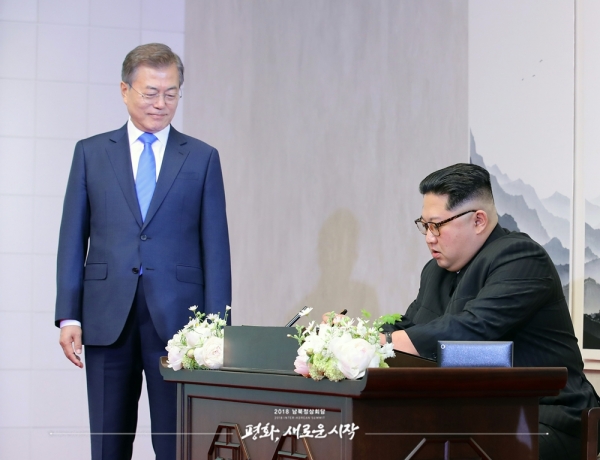

The third inter-Korean summit was held on April 27, 2018. President Moon Jae-in of South Korea and Chairman Kim Jong Un of the State Affairs Commission of North Korea joined hands across the Military Demarcation Line on that day. The meeting between the two leaders was watched not only by the people of the two Korean countries, but also by people all around the world.
‘New history is from now on. The Era of Peace, at the Beginning of history.’ As Chairman Kim wrote in the guest book of the Peace House in which the 2018 inter-Korean summit has achieved significant breakthroughs. The summit between the two leaders was held under one goal: ‘Building a permanent and stable peace regime in the Korean Peninsula.’ The results of the summit were jointly announced in ‘Panmunjeom Declaration.’ The declaration included the ‘denuclearization of the Korean Peninsula, the establishment of a lasting, peaceful regime, and a dramatic improvement in inter-Korean relations.’
The main content includes the detailed steps toward those goals. Starting with a complete halt to all hostile acts, they declared the installation of North-South Joint Communiqué in Gaeseong, a railway and road connecting Gyeongui and the Donghae line, and an agreement to hold regular inter-Korean summits, etc. Furthermore, it declared the end of the war this year, and confirmed the goals of full denuclearization. These were the fundamental issues between the two Koreas. On the basis of such a declaration, it is now in the process of implementing it.
These declarations did not end with just a formal implementation. Moreover, they have opportunities to meet with each other regularly, such as fielding a unified team in basketball and table tennis tournaments. The two Koreas are taking steps to establish closeness and trust, the foundations of its renewed relationship.
The Second 2018 Inter-Korean Summit (May 28)
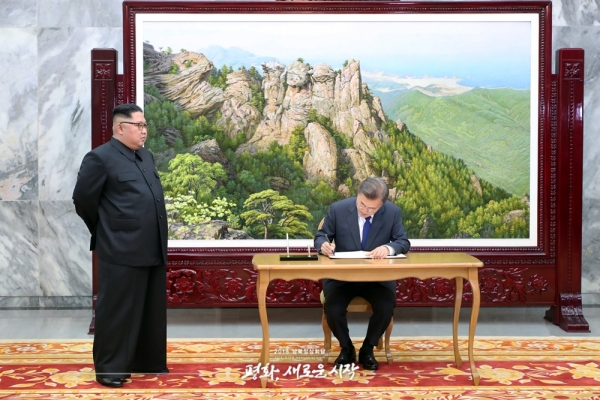
The leaders of the two Koreas met again just a month before the North Korea-U.S. Summit on June 12. On May 26, 2018, the event was held in secret at the Tongilgak building on the North’s side of Panmunjeom. In particular, the meeting gained significance amid the chaos of conflict over whether or not to hold the North Korea-U.S. Summit. At the summit, the leaders of the two Koreas reaffirmed their close cooperation for the success of the North Korea-U.S. Summit, and their commitment to the early implementation of the Panmunjeom Declaration. In view of the results, it also provided an opportunity for the North Korea-U.S. Summit to be back on track.
Aside from the achievements of the summit itself, the significance of the summit can be seen in the process. Unlike in the past, the meeting was held quickly without any complicated procedures, like protocol, agenda coordination, etc., which was usually preceded in the preparation phase. This showed increased confidence between the two Koreas. Furthermore, it also draws attention as a step in the regular platform of the inter-Korean summit, which has been a long-cherished dream, from the time of former Presidents Kim Dae-jung and Roh Moo-hyun to that of President Moon Jae-in.
Inter-Korean Separated Families
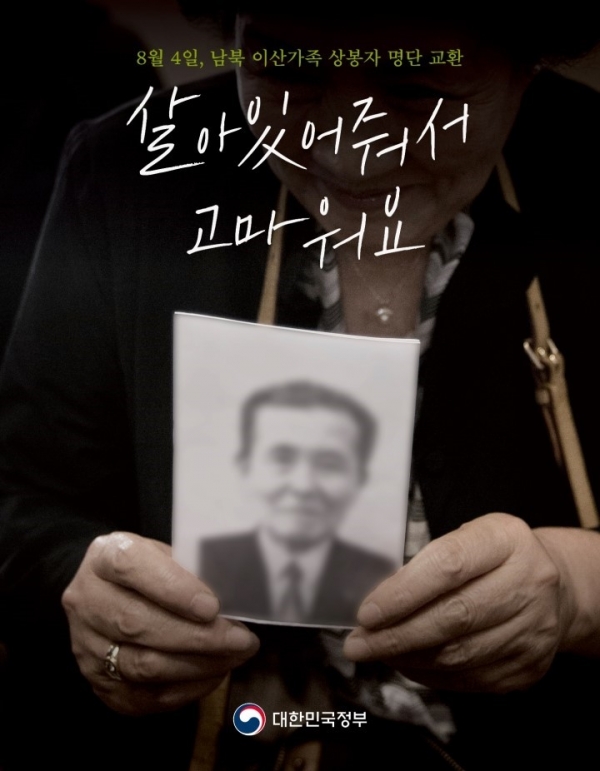
The 2018 inter-Korean summit was a meeting between the leaders of the two Koreas. Such an inter-Korean meeting will lead to the reunions of separated families scattered in two Koreas. After the first reunion in 1985, 20 reunions of separated families had been held until 2015. However, this was not a consistent, lasting meeting. It shook the face of the rapidly changing inter-Korean situation. The inter-Korean relationship, not the will of the family, was the basis for the reunion the separated family members.
‘The Panmunjom Declaration,’ which was the product of summit, also agreed to hold reunions of separated families and relatives on August 15. On this basis, the two Koreas agreed to hold Red Cross talks on August 22, and a reunion event for separated families on August 20-26 at Geumgangsan Mountain. Family reunions will take place in almost three years. Considering the aging population of separated families, the reunions must be held regularly.
North Korea–United States (U.S.) Summit

President Donald Trump <The results are very comprehensive and satisfactory to both sides.>
Chairman Kim Jong Un < The world will probably see a major change>
U.S. President Donald Trump and North Korean leader Kim Jong-Un held their first North Korea–U.S. summit in Singapore on June 12, 2018. The leaders met face-to-face after 70 years of hostility. They only talked for 36 minutes, and had an additional conversation for about 100 minutes. The two leaders talked about complete denuclearization, security of peace, normalization of North Korea-U.S. relations, and the return of the 6.25 war casualties in this summit.
There have been many complications to this summit. On May 10, Trump announced through SNS that he would hold a summit in Singapore on June 12. But, on May 16, North Korea’s Vice Minister Kim Kye-gwan accused the U.S. of making comments, and said that he would postpone the summit if he were only forced to abandon nuclear weapons. North Korea’s Vice Minister Choi Sunhee also said that if U.S. attitudes won’t change, there will be no summit. On May 24, Trump, feeling uncomfortable, said, “It was inappropriate to hold a summit based on North Korea’s actions” and expressed his intention to cancel the summit. The next day, North Korea backed away, and showed willingness to hold the summit, to which the world had been paying close attention. The summit was a success.
Some experts said this summit is like a ‘half summit’ because there is no reference to the expected declaration and CVID. CVID is an abbreviation of Complete, Verifiable, and Irreversible Dismantlement. However, Trump promised to provide North Korea with a stable regime, and Kim Jong Un reaffirmed his commitment to complete the denuclearization of the Korean Peninsula. Also, Trump said “No more rocket launches, nuclear testing, or research” through his SNS.
This summit, called “the summit of the century,” marked a line in world peace. South Korean President Moon Jae-in also said it would be recorded as a world history event that broke up the last Cold War on Earth, and, based on this agreement, we would be writing a new history of peace and cooperation. Their meeting, which seemed impossible to hold, gives South Korea the sense that it is close to peace.
Expected Effect between South Korea and North Korea
The friendly relations between South Korea and North Korea can lead to positive effects. This can include the expected effect of the North-South railway connection business, the economic effect of the combination of South Korean capital and North Korean labor, and solving the cost of division in Korea.
- The Effect of the South-North railway connection business – If the Nouth and Sorth Korean railways are connected, we can travel to Russia and Europe by train. Also, it is useful not only as passenger transportation, but also as distribution transportation. Railways have contributed significantly to the growth of the United States. There is even a saying that the U.S. has developed into a powerful nation because of its east-west railways. Now, South Korea depends entirely on imports of natural gas and crude oil. Transporting natural gas by train is expected to result in a significant reduction in logistics costs. Business examples include Trans-China Railway (TCR), Trans-Siberian Railway (TSR), and Trans- Manchurian Railway (TMR).

- The economic effect of the combination of South Korean capital and North Korean labor – aside from labor-intensive industries, such as machinery, textiles and electronics, steel and chemical industries, which have been losing competitiveness due to rising labor costs, also have advantages in utilizing North Korean labor. If we will build up a production base in North Korea, we can make much use of markets. North Korea can benefit not only from an increase in incomes, but also expand industrial bases through South Korean capital. Also, there is an expectation that various industrial sectors can be established to develop evenly.

- The cost of the division of Korea, according to the Department of Defense, is 43.2 trillion won in the 2018 budget. If the friendly relationship between the two Koreas continues, the cost of division, such as military, maintenance of the system, and foreign diplomatic expenses, could be reduced. These savings can be used in other areas efficiently. Also, the number of soldiers in the two Koreas will decrease and they can focus on economic activities, thus increasing national productivity as well.
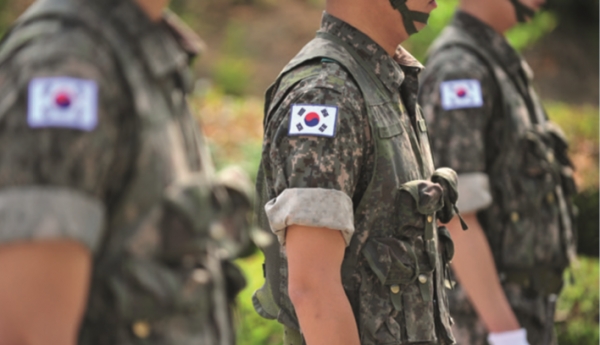
The exchange is expected to continue in the field of sports, including the upcoming inter-Korean table tennis exchanges and a joint basketball match. This will bring greater hope to the North and the South. Ahn Jun-hee representative said, “There is greater public interest and expectations for peace and unification than ever before.” However, the friendly relationship between South Korea and North Korea could be either medicine or poison for the Republic of Korea. Just as important as the inter-Korean agreement is the international community’s understanding of the agreement, and raising public sympathy. People should pay attention to the unification issue, and work together to create a happy society.
Yun Ji-hui (Planning Editor)
Jung In-hwa (ST Reporter)


